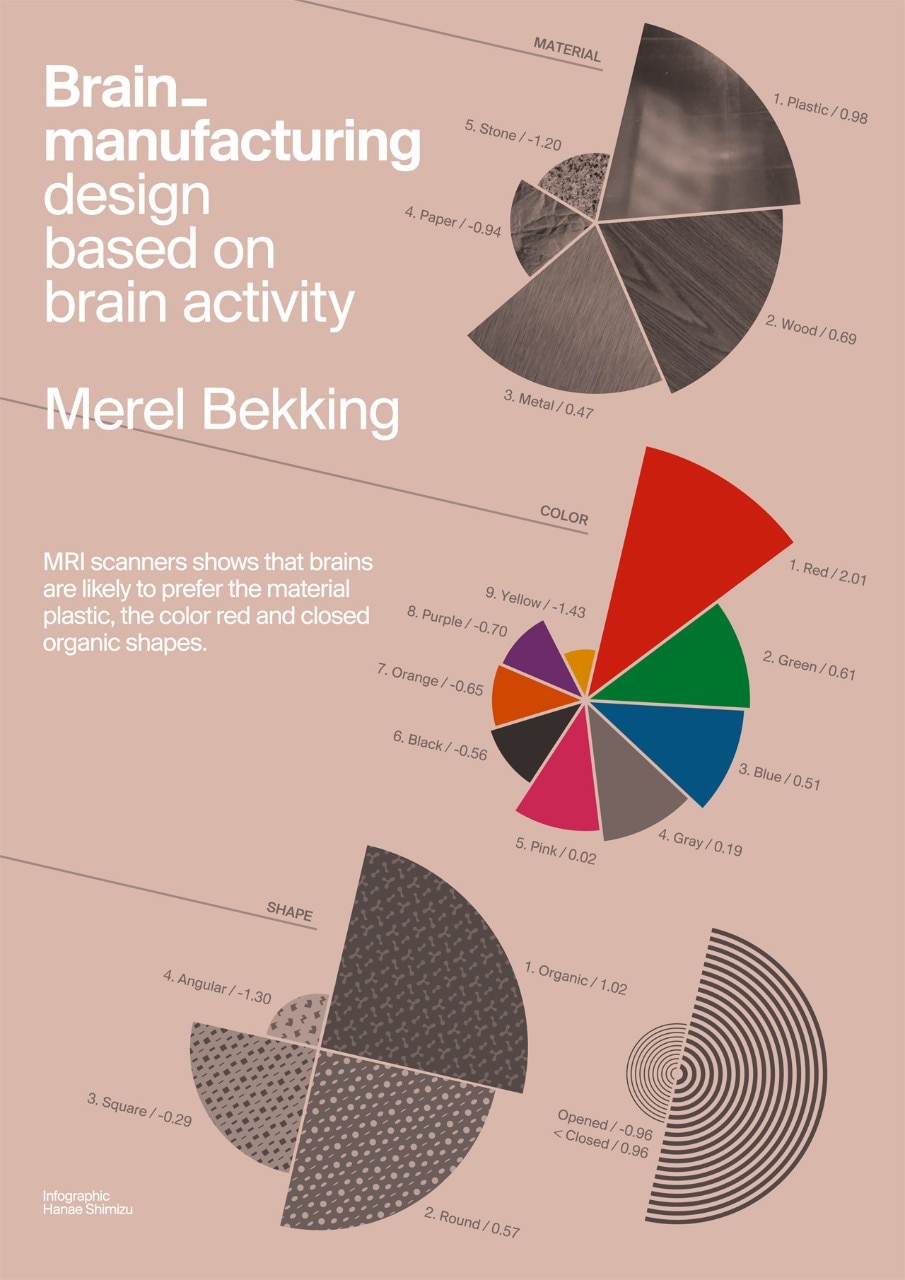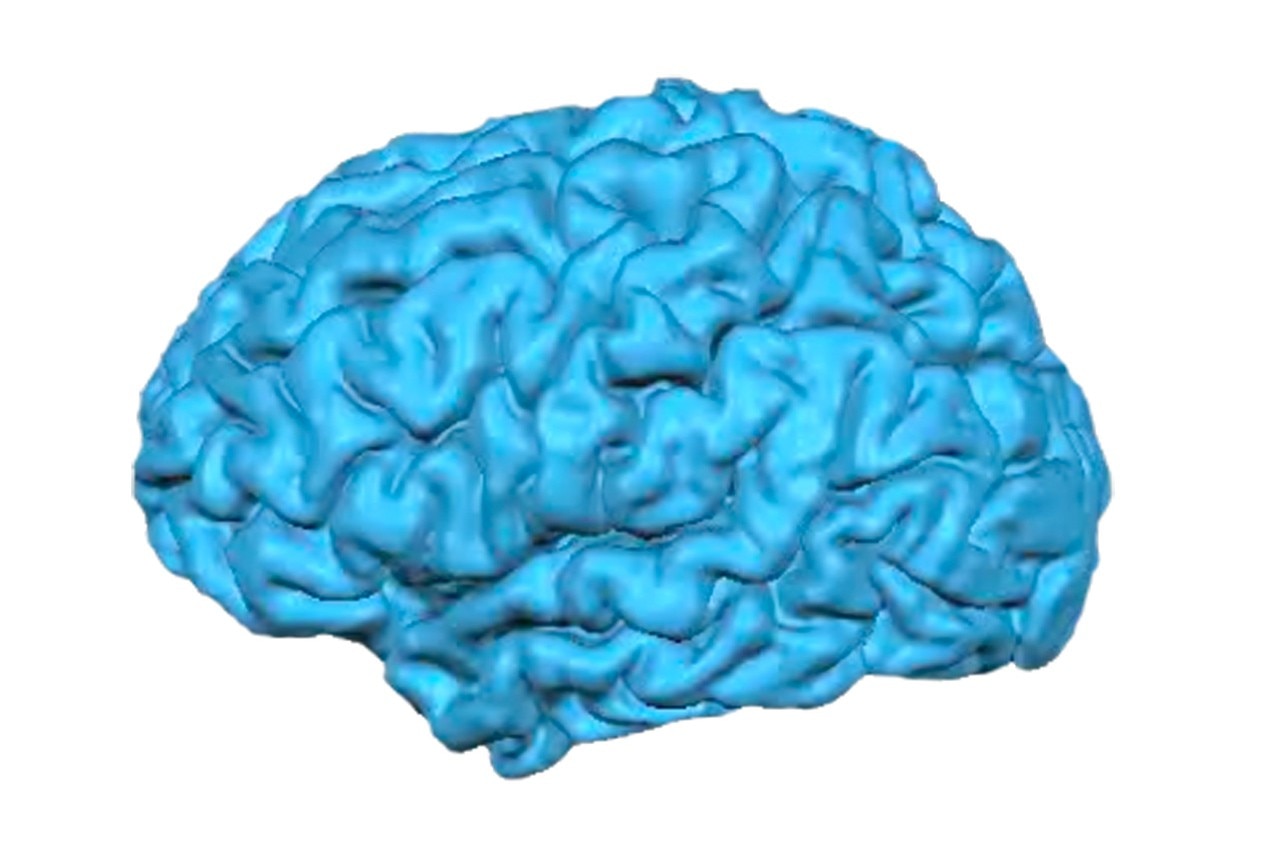It is subject to taste, aesthetics, and many other feelings. In the present project Merel will exclude her own personal preferences and taste. Instead, she will design purely based on scientific research, using results obtained with an MRI scanner.
In the design process product designers have to make a series of important choices. Three of these choices have the greatest impact on the final design; material, color and shape. Is it possible to create the formula for a perfect design by looking at brain activity of a group of people when they are presented these design choices?
To answer this question, Merel Bekking contacted the Spinoza Center for Neuroimaging in Amsterdam, an unique collaboration between the psychology and science department of the University of Amsterdam, Academic Medical Center Amsterdam, Vrije University and Netherlands Institute for Neuroscience. This project requires knowledge, technology and equipment that she does not possess as a designer.
The Spinoza Center matched Merel with Dr. Steven Scholte, associate professor at the University of Amsterdam (UvA), an expert in the field of visual perception and personality, and partner in Europe's first neuromarketing research and consulting firm Neurensics.
They performed research using an MRI scanner to find out what people experience as beautiful and ugly, like or dislike, in materials, shapes and colors. An MRI scanner is a medical device that can be used to measure brain activation. This can be achieved by using functional MRI. This particular form of MRI records changes in blood flow in the brain of participants who, for example, are shown pictures. This results in a map of patterns of brain activation. Based on brain activation, scientists are able to register if a person likes or dislikes a particular image.

An important advantage when using an MRI scanner is that the results you get are "pure". The possibility exist that if you ask subjects directly about their preferences they will provide you with answers that can be socially desirable. By using MRI scanners you exclude this possibility. With this technique, the project looks for brain activity, which cannot be avoided. The brain is unable to lie, all the answers are unconsciously given.
This procedure was used in human volunteers to find out what they find beautiful or ugly, focusing on the three main design choices. Merel Bekking, together with Dr. Scholte, developed a set of stimuli of 252 images. Subjects were put in an MRI scanner for an hour and where shown 5 different types of textures (wood, paper, plastic, steel, stone), 10 different colors, 8 different shapes (round, organic, square, rectangular, presented open or closed), and four types of paintings (violent, erotic, social activity’s, food).

Brain activity was mapped for a group of 20 individuals by the Spinoza Center. The people participating in the study were between the age of 20 and 30, all received a higher education degree or are in the process of receiving one. After the subjects were scanned the results were analyzed for the three design choices separately. Using different scientific models Dr. Scholte was able to create a list of likes and dislikes for these three main design choices.
The list, a kind of ingredient list, could be the key for the "perfect design", originated with the help of modern scientific techniques, and will be used by Merel to create new products.

